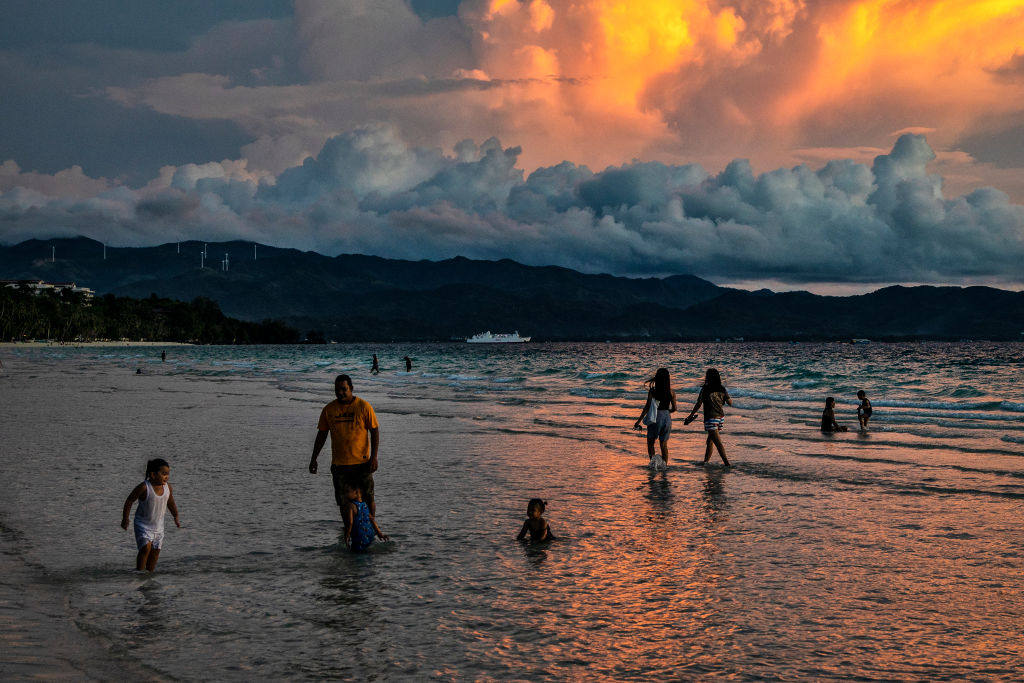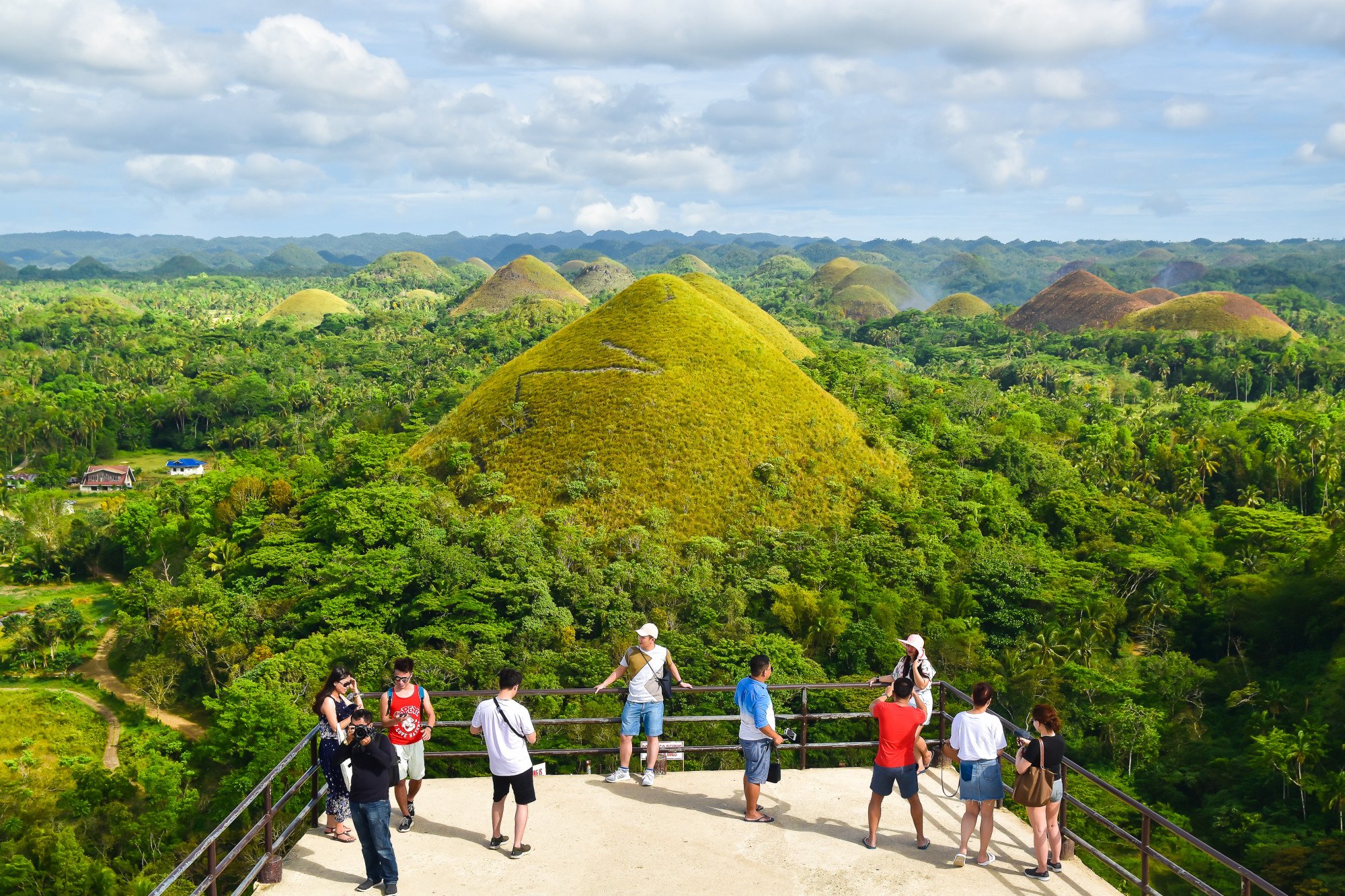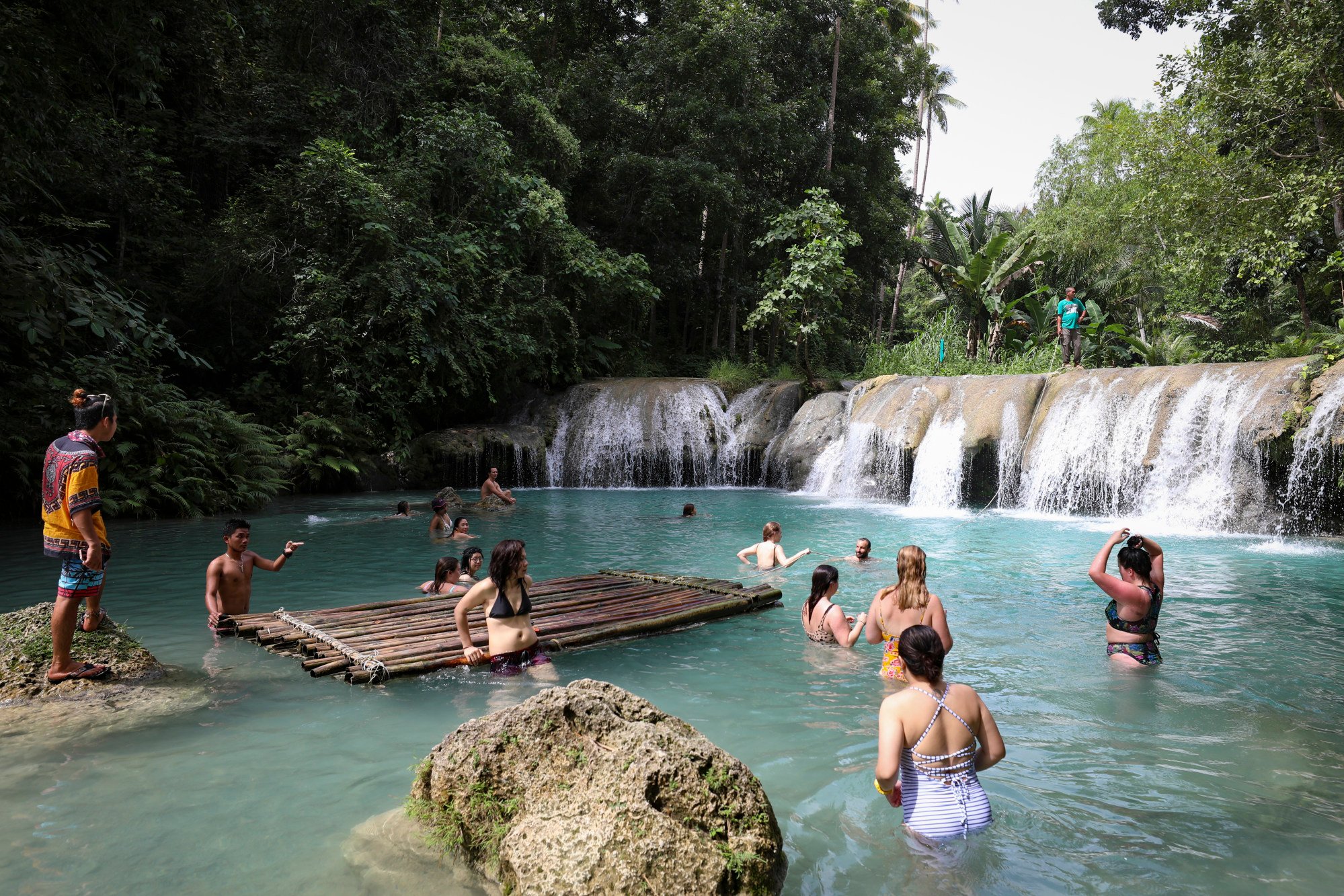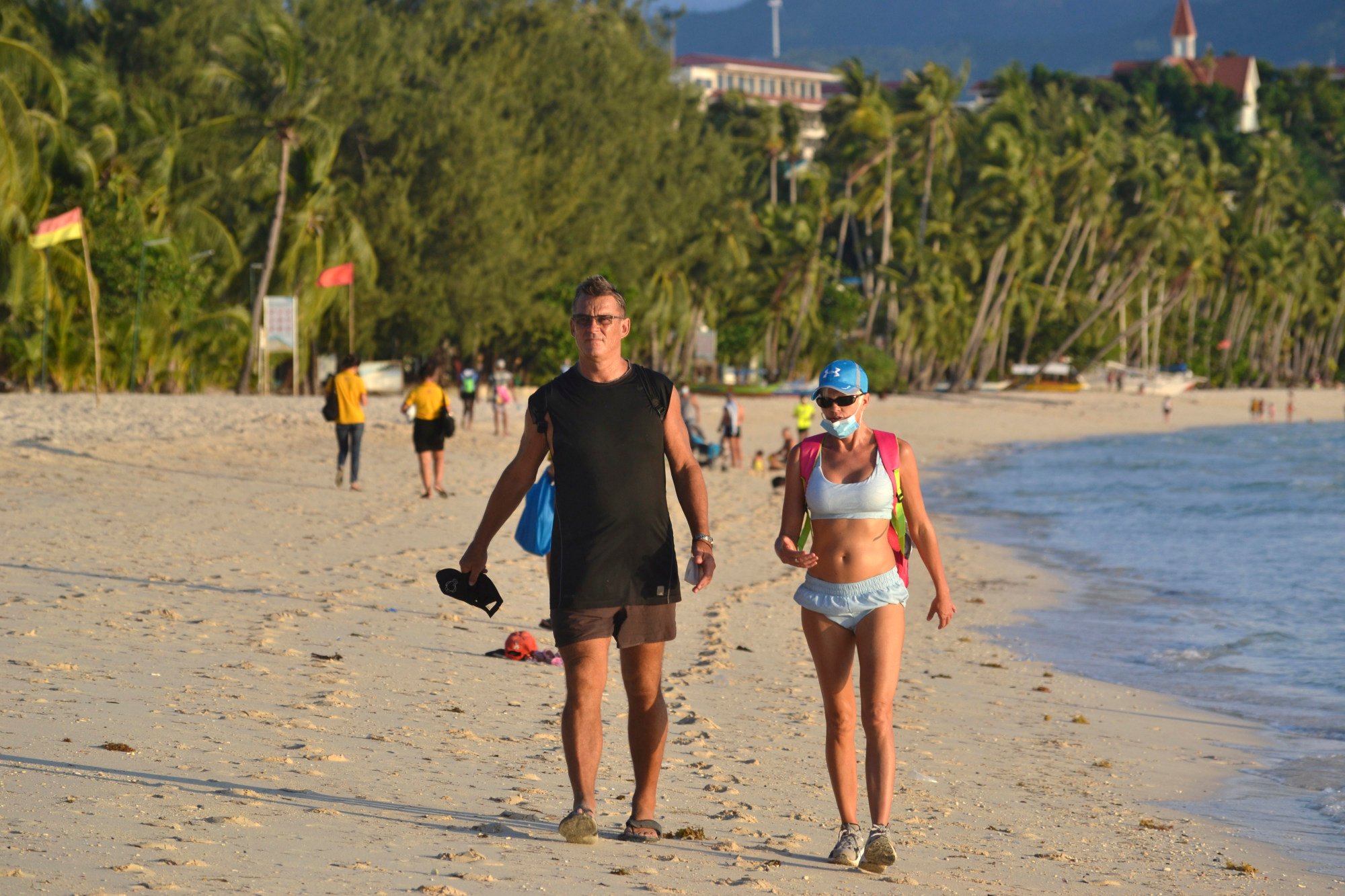Why are tourists bypassing the Philippines for other Southeast Asian nations?
Filipinos are lamenting their nation’s seventh-place regional tourism ranking, pointing fingers at poor infrastructure and inaccessibility

A viral social media thread lamenting the Philippines’ seventh-place ranking for tourist arrivals in Southeast Asia has sparked soul-searching among Filipinos, who blame poor infrastructure, high costs and weak accessibility – even as experts say the country is quietly shifting towards a more sustainable, higher-value model of tourism.
The online uproar began with a widely shared post by content creator Thea Tan, who wrote on social media earlier this month: “The Philippines has what other countries dream of: jaw-dropping beaches, vibrant culture, incredible food, and the warmest locals. So, why are tourists still choosing Thailand, Vietnam, and Bali over us?”
Tan cited figures from the Outbox Company, a Vietnam-based travel intelligence firm, showing that the Philippines attracted just 2.1 million of Southeast Asia’s 48.5 million tourist arrivals in the first four months of this year.
Malaysia led the region with 13.4 million visitors, while Thailand had 12.09 million and Vietnam welcomed 7.67 million tourists in the same period, official data from the countries showed.
In 2024, the Philippines received 5.9 million visitors – narrowly trailing Cambodia’s 6.7 million and well short of its target of 7.7 million, according to government statistics.

While Tan acknowledged recent gains in spending and average length of stay, she said these “small wins don’t hide the bigger truth: the [Philippines] is still not a priority Asean destination”. She described the country as “exhausting” due to inadequate transport infrastructure and access.
“Other countries make it easy to fall in love with their country. In the Philippines, we make it hard to even get from the airport to the bus terminal,” she wrote.
Other social media users shared similar sentiments, complaining about high prices and the country’s inaccessibility.
“You’ve said it all! Philippines may have the best beaches, foodies, smiles and the people but we lack infrastructure, roads, and airports, plus transport problems occur every now and then. The most important thing? Price! It’s expensive to tour the Philippines if you are a tourist,” one user wrote.
“Totally agree. It’s hard to be a local tourist to begin with, what more for non-Filipinos … It’s cheaper to travel conveniently abroad,” another said.
The backlash struck a nerve in a country known for island destinations such as Boracay and Palawan, which regularly feature on top global travel lists. Just last year, Boracay was named the world’s leading luxury island destination at the 2024 World Travel Awards.
But despite the accolades, arrivals to the Philippines in the first four months of this year are still down by 26 per cent from pre-pandemic levels, driven in part by a fall in visitors from South Korea – the country’s top tourist market.
Only 468,337 South Korean tourists visited the Philippines from January to April this year – 18 per cent fewer than the same period in 2024 – a drop some have linked to safety concerns. Last month, a Korean national and two Chinese tourists were kidnapped in the Southeast Asian nation.
Chinese arrivals have also slumped. Just 300,000 Chinese tourists visited last year – far below the Department of Tourism’s target of 2 million. Tourism Secretary Christina Frasco attributed the decline to rising geopolitical tensions and the suspension of e-visas for Chinese nationals.
“Nobody could have anticipated that geopolitics would ultimately seep into arrivals from China, considering that the electronic visas for the Chinese market were suspended and this is in stark contrast to the policies of our Asean neighbours,” she told local media in January.
Transition, not decline?
Observers cautioned against focusing solely on arrival numbers as a gauge of tourism performance, however.
“This perhaps alarmed many Filipinos because we used to be ahead of some of our Asean neighbours, including Indonesia and Vietnam. Now even Cambodia, which started much later in terms of tourism development, has eclipsed us,” said Edieser dela Santa, a professor at the Asian Institute of Tourism at the University of the Philippines.
“In addition, Filipinos might have been alarmed that the figure for 2024 was much lower than the 7.7 million target set by the government for that year.”

Eylla Gutierrez, an executive director at the Asian Institute of Management and a tourism researcher, told This Week in Asia it was “equally important to look at tourism receipts and the overall value created by visitors”.
Destinations such as Baguio City in the northern Philippines have benefited from tourism, with the sector contributing as much as 25 per cent of the city’s gross domestic product, according to local officials.
Gutierrez said there was also “growing recognition” among officials that arrivals alone did not constitute the full picture. The slowing of figures in the Philippines, therefore, “isn’t necessarily a decline but rather a transition” in the country’s tourism strategy, she said.
“The post-pandemic development of tourism in the Philippines reflects a strategic shift led by the [Department of Tourism], moving away from the sheer volume of tourists and focusing more on quality, responsible, and sustainable tourism,” Gutierrez said.
“This means welcoming travellers who are more conscious, higher-spending, and more engaged in local communities, which is aligned with global trends in tourism recovery and sustainability.”
She cited the Philippines’ growth in tourism revenue that had surpassed pre-pandemic levels, reaching an “all-time high” of 760 billion Philippine pesos (US$13.2 billion) in 2024.
This indicated stronger spending and possibly a shift towards higher-value, more sustainable tourism, she said.

Such a shift would help avoid a repeat of what happened to Boracay in 2018, after the island was closed temporarily “due to too much tourism” following a spate of environmental issues such as discarding untreated sewer waste into the sea, Dela Santa said.
With Philippine tourism recovering much more slowly from the pandemic than its regional neighbours, Dela Santa said there was work to be done in areas such as accessibility from major tourist markets.
He pointed out that Manila had a lower number of direct flights from across the region compared to its neighbours, while only one European airline offered non-stop flights to the Philippine capital.
In contrast, cities such as Paris, London and Rome offer weekly direct flights to Bangkok.
“Even in our top tourist markets, we have less capacity than our competitors. Direct flights to secondary destinations in the country are also not too many because of airport limitations, which are not equipped to handle international flights,” he said.

Internal connectivity also complicated how tourists transited between destinations within the Philippines, Dela Santa said.
For example, propeller planes used to access islands such as Batanes and Siargao will increasingly operate from Clark Airport, a two- to three-hour drive from the main Ninoy Aquino International Airport in Manila.
While that might help ease congestion at Manila’s main airport, the extra travel time and inconvenience could deter visitors aiming to explore other parts of the Philippines, Dela Santa said.
“These are islands which have lots of potential, along with those identified in the national tourism development plan, so it’s a challenge,” he said.
Gutierrez stressed that improving the Philippines’ tourism industry required a whole-of-society effort, including strengthening infrastructure and connectivity, enhancing destination management, investing in skills development, and ensuring that communities would benefit from and participate in tourism development.
“Inclusive growth must remain at the heart of tourism, ensuring that the benefits reach not only visitors but the Filipinos who host them,” she said.